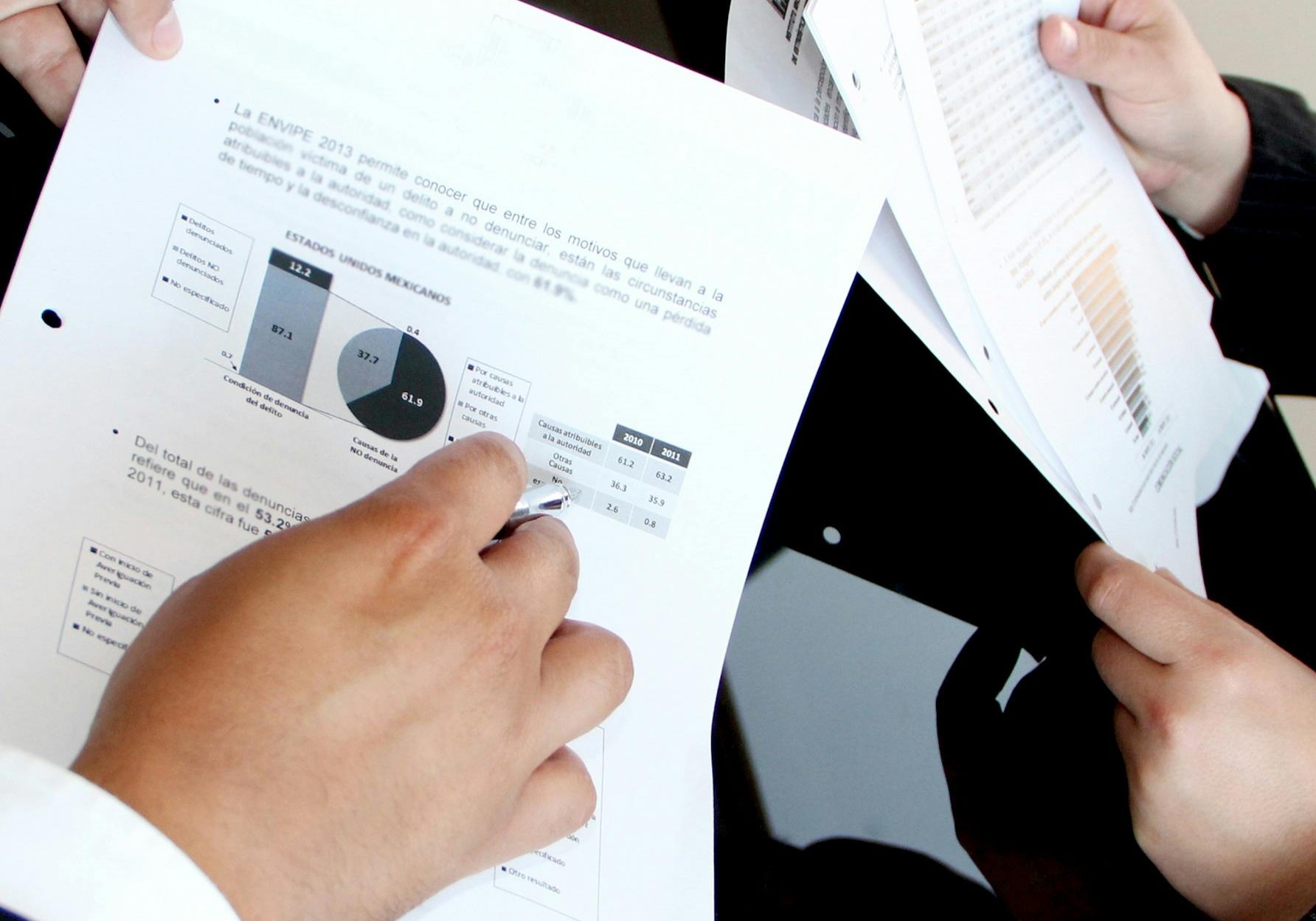 Remember when baseball betting meant studying box scores and trusting your gut? Those days feel as distant as wooden bats and wool uniforms. Today’s baseball analytics have revolutionized not just how we understand the game, but how we bet on it. Pull up any modern platform like the Betway app, and you’ll find yourself swimming in a sea of data that would make early statisticians’ heads spin.
Remember when baseball betting meant studying box scores and trusting your gut? Those days feel as distant as wooden bats and wool uniforms. Today’s baseball analytics have revolutionized not just how we understand the game, but how we bet on it. Pull up any modern platform like the Betway app, and you’ll find yourself swimming in a sea of data that would make early statisticians’ heads spin.
We’re witnessing a fundamental shift in how baseball evaluation merges with betting strategy. Sabermetrics – once the domain of number-crunching baseball executives – has become the secret weapon of sharp bettors worldwide. The marriage of advanced analytics and betting markets has created a new playing field, where success depends less on luck and more on your ability to interpret and apply complex statistical models.
This evolution isn’t just changing how we bet; it’s reshaping our entire understanding of baseball’s probabilistic nature. And if you’re not adapting to this analytical revolution, you’re already several steps behind.
From box scores to big data
When Bill James first published his Baseball Abstract in the late 1970s, few could have predicted how his analytical approach would revolutionize baseball betting. His pioneering work with SABR laid the groundwork for what we now consider standard practice in evaluating player performance and predicting game outcomes.
Think about how far we’ve come from basic batting averages and ERA. Today’s metrics tell a far richer story. OPS (On-base Plus Slugging) reveals a hitter’s true offensive value, while FIP (Fielding Independent Pitching) strips away defensive variables to expose a pitcher’s raw effectiveness. WAR (Wins Above Replacement) has become the gold standard for player evaluation, measuring contributions across every aspect of the game.
The integration of Statcast technology has taken this evolution to unprecedented heights. Every pitch, every swing, every defensive movement now generates data points that shape betting strategies. Exit velocity, launch angle, sprint speed – these aren’t just statistics anymore; they’re predictive tools that give you an edge in understanding future performance.
What’s truly fascinating is how these metrics have transformed team strategies. Front offices now build rosters based on advanced analytics, directly impacting betting markets. You’ll notice how teams prioritizing these metrics often outperform traditional projections, creating valuable opportunities for those who understand the numbers. The days of relying solely on win-loss records and batting averages to inform betting decisions are long gone – we’re now playing a much more sophisticated game.
Money in the metrics
Teams heavily invested in sabermetrics have seen a 23% higher success rate in close games over the past five seasons. This isn’t coincidence – it’s the power of data-driven decision making at work.
The impact of these metrics extends far beyond team performance, fundamentally altering how we approach betting markets. Take batting order optimization, for instance. Modern analytics have proven that optimal lineup construction can generate up to 0.5 additional runs per game – a margin that often determines both game outcomes and betting success.
BABIP (Batting Average on Balls in Play) offers fascinating insights into luck factors that traditional statistics miss. When you spot a pitcher with an unusually low BABIP, you’re likely looking at regression candidate – valuable information for future betting opportunities. Platforms like FanDuel have integrated these advanced metrics directly into their interfaces, recognizing their crucial role in informed betting decisions.
Let’s dig deeper into the predictive metrics that matter most. wRC+ (Weighted Runs Created Plus) has emerged as the premier offensive evaluation tool, accounting for park factors and league context. A player’s wRC+ above 100 indicates above-average offensive production – crucial information when evaluating matchups. Similarly, FIP and xFIP strip away defensive variables to reveal a pitcher’s true effectiveness, often predicting future performance more accurately than traditional ERA.
The real power lies in combining these metrics. When you analyze a pitcher’s xFIP alongside their opponent’s wRC+, patterns emerge that the betting markets haven’t fully priced in. The key isn’t just knowing the numbers – it’s understanding how they interact and influence each other in ways that affect game outcomes.
The future of smart money
Real-time data analysis has completely altered in-game decision making. Teams now receive instant feedback on pitch selection, defensive positioning, and batting tendencies, allowing for immediate strategic adjustments. These rapid-fire decisions, backed by hard data, have transformed not just the game itself but how we approach betting markets during live play.
Consider how injury prevention analytics have evolved. Teams now utilize biomechanical analysis and performance tracking to predict and prevent player injuries with remarkable accuracy. This advancement has profound implications for betting markets – particularly in player prop bets and season-long futures, where injury risk significantly impacts odds.
As betting platforms become increasingly sophisticated and data-driven, are we moving toward a future where the human element becomes obsolete? The answer isn’t as straightforward as you might think.
While modern betting platforms offer unprecedented access to advanced metrics and real-time data, the true edge still lies in how we interpret these numbers. The growing sophistication of betting tools hasn’t eliminated the need for human insight – it’s enhanced it. You’re now equipped with more powerful tools to make informed decisions, but the ability to synthesize this information and spot market inefficiencies remains a distinctly human skill.
Baseball betting will continue to be shaped by technological advancement and statistical innovation. Yet the future belongs not to those who merely have access to the best data, but to those who can best understand what that data means in the context of the ever-changing dynamics of America’s pastime.
